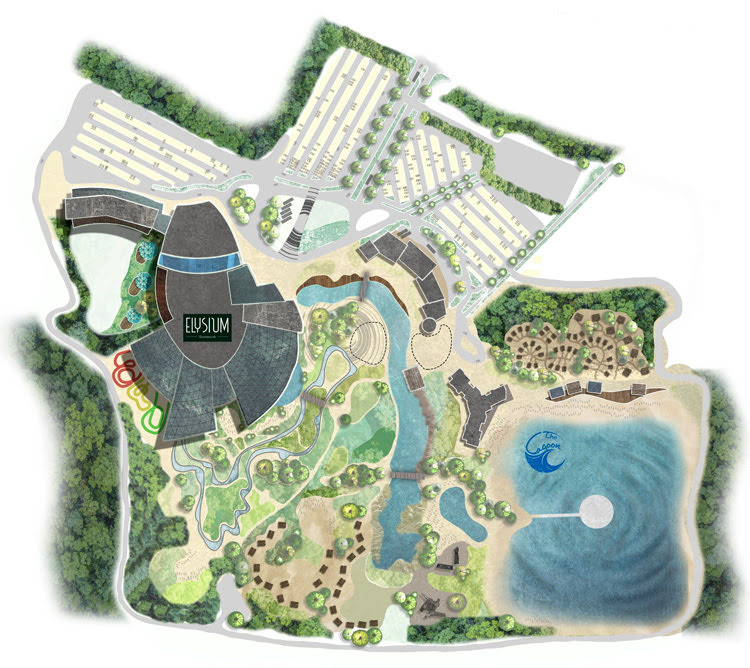
Master Planning Around Wave Pools
The “Master Planning” session at the 2021 Surf Park Summit was filled with enlightening discussion about everything that goes into a wave pool development, other than the wave pool itself. The panel, hosted by Craig Stoner, a Managing Partner from EDSA, covered a variety of topics of topics ranging from the best supplemental activities to dealing with 300 wet wetsuits.

The conversation kicked off with a discussion of the Surf Ranch and the lessons Peter Jozsi (VP of Wave Ventures at Surfline, former KSWC) and his team learned when they took on “the big mess up in Leemore”. Those lessons included the need to focus on personas, which are fictitious representations of various stereotypical customers, and their journeys. They even went as far as engaging Ideo, a leader in “design thinking”, to help them developer their customer experience.
Jason Baldessari, Principle and Founder of Pushparks, shared his appreciation of the 3D modeling process and how it helps you visualize sight lines and reduce crime.
Paul Chutter, President of Endless Surf, kept the room grounded in the basic fact that more people on site for more time means more revenue. He also stressed a point often overlooked by many wave pool planners and developers: keep the whole family happy, especially the moms out there, and people will stick around longer, spend more money and come back more frequently.
Everyone on the panel agreed and shared ideas of what keeps the whole family entertained, but there seemed to be convergence of ideas that supported surfing skills, like skate parks and pump tracks. Those tend to leave mom relegated to videographer or in a magazine. There were suggestions of yoga decks and gyms to help keep the whole family busy, but nothing revolutionary unfortunately.
One of the brighter points of discussion was around the idea of shared surfing experiences. Peter described wave pool experiences analogous to skiing with your family where everyone participates in parallel, which is different than the skill-level organization of the sessions held in most wave pools today.
The conversation also covered the importance of focusing on operations up front. Many master planners over-optimize for dining venue vistas with the best view of the surf but neglect the importance of what goes on “behind the curtain”. Blake Hess, COO of Beach Street Development, stressed the need to consider the flow of everything, including the water that drains off 300 used wetsuits as customers change back into their street clothes.
One of the final topics was the preservation of surf culture, especially with “Disney right around the corner”. Most of the room seemed to resonate with commentary from Peter and other panel members about the need to build authentic surf culture into every aspect of the experience, from decor and details that conveys the history and aesthetic of surfing to the employee training manual. Paul went a bit wider by challenging the idea of a well-defined surf culture. He suggested that it’s evolutionary and perhaps surf parks are just another step in that evolution and will have their own impact on what we consider to be “surf culture”.
Catch a few of the highlights from the surf park planning thought-leaders in below…
The Surf Park Summit was hosted by Surf Park Central. Follow them on social media or subscribe to their newsletter for highlights from other parts of the conference.

